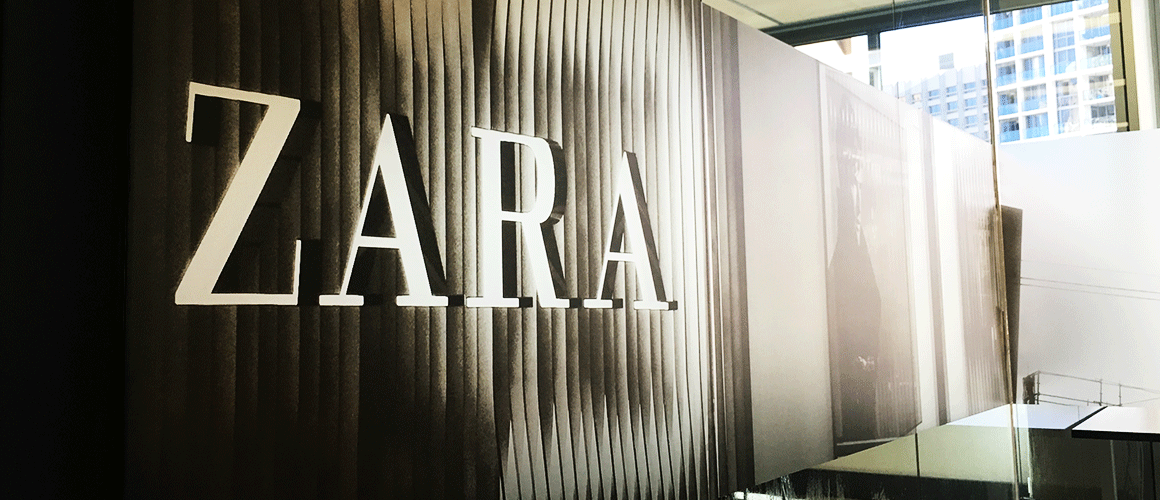It's not often private residential projects come up, as the materials we generally produce aren't necessarily conducive to in-home applications. However once in a while something comes up where we can have a lot of fun in the design and installation, while also solving a problem.
In the case of this particular client, they'd had a new fence installed which did not fit the council regulations for safety around their pool. Additionally, having a 2 year old daughter made them very keen to have a solution put together that would brighten up their yard, be an interesting and unique addition to their home, while also ensuring the safety of their little one.
We went over quite a few options before deciding that AluPanel (also known as CompPanel, SkyBond, AluBond etc) would be the most cost effective and appropriate option.
During the design phase we had mocked up quite a few bright and visually pleasing concepts including a Moroccan tile motif, a Grotto type theme, before eventually agreeing that a repeating pattern which would tesselate with itself infinitely would be something simple and effective.
We worked with the client perusing iStock, Shutterstock and other photographic resources, when we stumbled upon the tropical bird repeating pattern - what a theme to go with their cabana style yard layout and pool area! Tropics in your home!
The installation presented it's challenges, however nothing some on-site customising couldn't solve. Anything is possible with the right tools and expertise.
You've seen the photos, now watch the video of the team! Music by Dave Hammer - https://soundcloud.com/hammerproducer













